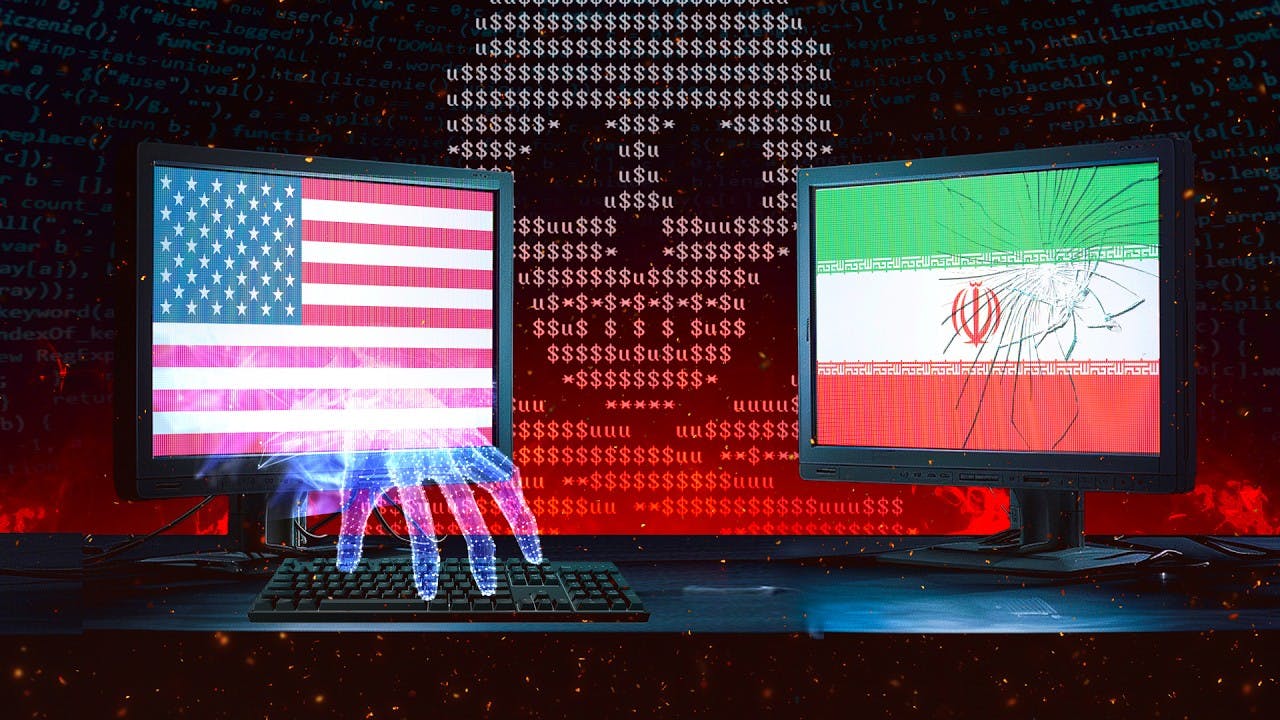Cyber Warfare, Explained
()

Intro (00:00:00)
- In 2008, President Bush informed President-elect Obama about a top-secret weapon developed with Israel called Project Olympic Games.
- The weapon was not a missile or an airstrike but a computer file less than a megabyte in size.
- The file was planted in Iran and spread throughout the country, eventually reaching an underground nuclear facility.
- The file reprogrammed the software to sabotage the centrifuges, causing them to malfunction and eventually be destroyed.
- The US had planted several similar weapons in Iran, allowing them to potentially disable power, military defense systems, and command and control systems in the event of war.
- The code that sabotaged the nuclear facility was discovered and named Stuxnet.
- Stuxnet slowed down Iran's nuclear progress but did not stop it.
- Cyber warfare has become a fixture of modern conflict, using quiet weapons like Stuxnet to cause physical damage to an enemy.
- Cyber warfare involves using computer code to attack an enemy's infrastructure, such as power grids, military systems, and communication networks.
- Cyber attacks can be carried out remotely, making it difficult to identify the attacker.
- Cyber attacks can cause significant damage, including power outages, transportation disruptions, and financial losses.
- Cyber warfare is a growing threat, and governments and businesses are investing heavily in cybersecurity measures to protect themselves.
A New Type of Weapon (00:03:13)
- Cyber warfare has evolved from basic attacks in the 1980s, such as an East German hacker breaking into US military computers, to more sophisticated attacks like the 2007 Russian cyberattack on Estonian websites.
- Today, personal information is less secure than ever, leading to concerns about data privacy.
- Incog is a platform that helps individuals remove their information from data broker lists, making it easier to retain privacy.
- Signing up for Incog allows them to act on behalf of users to request removal from these lists.
- An annual plan provides ongoing monitoring and removal services.
Zero Days (00:05:50)
- Zero-day exploits are software vulnerabilities that allow hackers to gain unauthorized access and control of systems.
- Hackers can sell zero-day exploits on the white, black, or gray markets for financial gain or cyber warfare purposes.
- The black market for zero-day exploits is lucrative, with hackers potentially earning millions of dollars for their discoveries.
- Governments and militaries are increasingly interested in developing cyber weapons, making the gray market for zero-day exploits highly profitable.
- Zero-day exploits have been used as weapons in cyber warfare, with the notable example of Stuxnet, a joint US-Israeli project that targeted Iran's nuclear program.
- The use of zero-day exploits in cyber warfare raises concerns about an arms race and the potential for devastating consequences.
Cyber Warfare 2.0 (00:12:52)
- Cyber warfare involves using digital weapons and techniques to attack an enemy's computer systems and networks.
- In 2012, Chinese-backed hackers targeted oil and gas companies for strategic access, while an Iranian hacker group used a digital bomb to wipe data from Saudi Arabia's State Oil Company.
- In 2015, the Russian hacking group Sandworm remotely controlled power station computers to shut off the power for a quarter-million Ukrainians.
- Cyber weapons are not limited to governments, leading to increased threats in sophistication, magnitude, and intensity.
- In 2016, Russia launched cyber attacks on the US, including hacking the DNC, spreading misinformation on social media, and attempting to hack voter registration databases.
- The Shadow Brokers leaked NSA cyber weapons to the public, marking a turning point in cyber warfare.
- North Korea used the leaked NSA tools to launch the WannaCry global ransomware attack, causing significant economic damage.
- Russia employed the same NSA weapons in a massive cyberattack against Ukraine, disrupting critical infrastructure and causing widespread chaos.
- Cyber warfare blurs the lines of traditional warfare, making it difficult to attribute responsibility and challenging traditional views of conflict.
- Regimes like North Korea and Russia heavily rely on cyber warfare to stay relevant and instill fear in their adversaries, despite their diminishing military capabilities.
Silent Timebombs (00:24:49)
- Russia and China have likely infiltrated parts of the US infrastructure systems, and the US has likely done the same to them.
- These "silent timebombs" serve as psychological warfare, demonstrating the ability to infiltrate enemy systems and deterring large-scale conflicts.
- Cyber warfare is evolving into a form of deterrence similar to nuclear weapons, where the mere presence of powerful but hidden capabilities prevents their use.
- Cyber weapons are becoming more like nuclear weapons in terms of deterrence, with the potential for devastating attacks but also the recognition that using them could lead to mutually assured destruction.
- Despite the threat of large-scale cyber attacks, updating software and using two-factor authentication can help protect against common cyber threats.